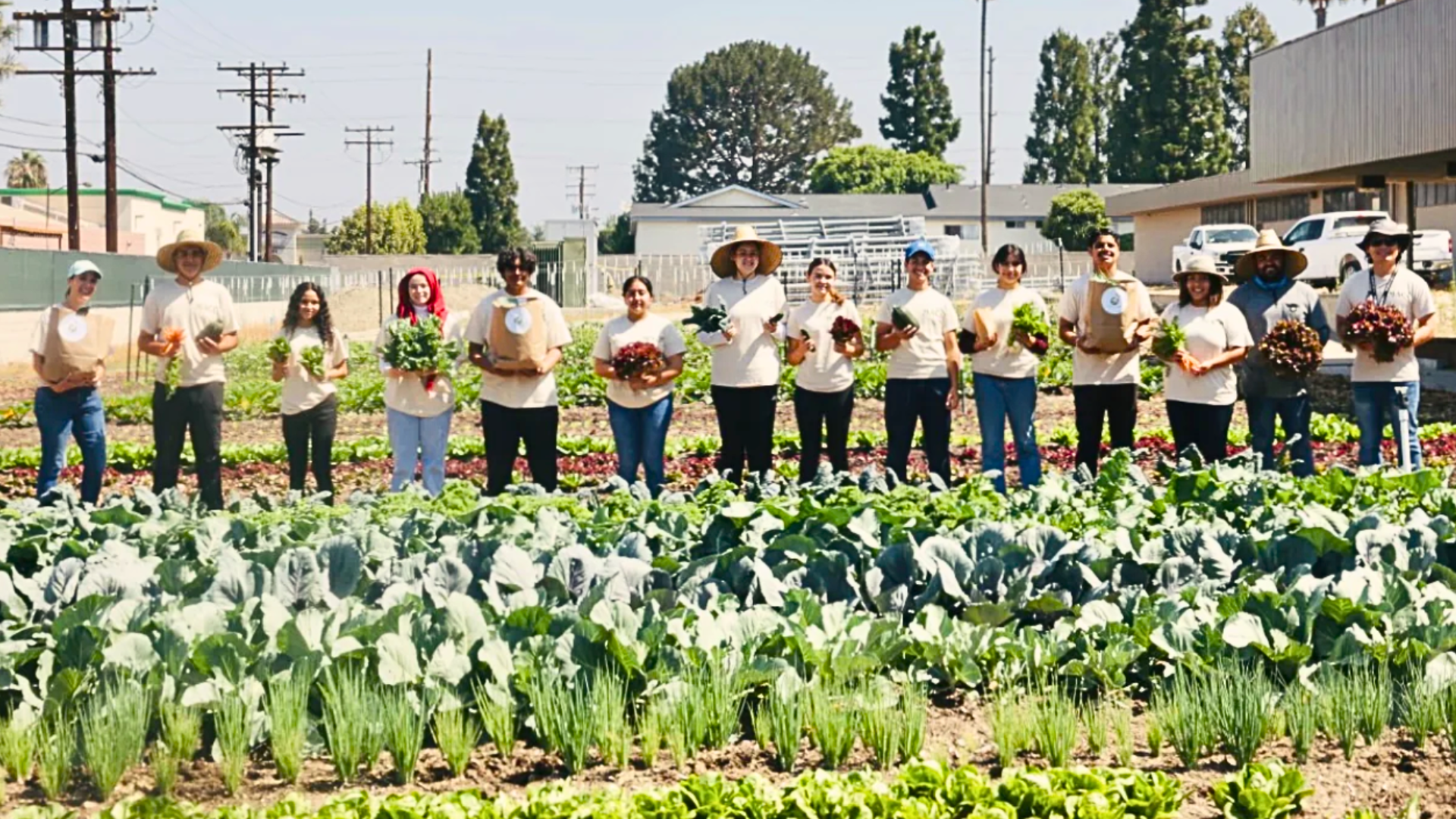One of online education’s greatest selling points has always been its potential to “scale.” It’s an oft-repeated—even cliche—buzzword, one that calls to mind the titans of Silicon Valley and makes online learning funders and supporters swoon.
The potential for online programs to reach more people, in more places, has been touted by everyone from academics to think tanks to (unsurprisingly) training providers themselves.

And this potential has been thrown into even sharper relief by the advent of the COVID-19 crisis. Millions of Americans who are now out of work as a result of the pandemic may not be able to return to the jobs they left.
As the country faces what some have called our greatest workforce training challenge since World War II, online programs may be their best hope of preparing for new careers as the country charts a path to economic recovery.
But as a robust body of research has made clear, not all online learning programs are the same, and many are far from perfect. Despite early optimism in the 2010s, it quickly became clear that simply videotaping lectures could never achieve the same outcomes as in-person instruction. Widespread evidence of dismal completion rates in massive open online courses (MOOCs) contributed to their rapid decline as a darling of the education industry.

Now, though, the pandemic has brought these programs back into the spotlight. One provider alone added 10 million new users between mid-March and mid-May. And yet, scale—not student success—seems to still be many programs’ top priority. As another provider put it, “Crises lead to accelerations, and this is the best chance ever for online learning.”
But inherent in the lofty promises of scaling online learning is a set of persistent—and dangerous—unconscious biases. It’s easy to assume that succeeding in an online training program is as easy as logging on. Doesn’t everyone have internet access, and doesn’t everyone have the support and resources to finish the courses they start?
For many learners, that’s not the case.
A growing majority of students pursuing postsecondary education and training fit so-called “non-traditional” categories: they are older than 25, and must often balance work and family commitments in addition to their studies. Many of them are among the 71 million Americans without college degrees who are systematically overlooked by U.S. employers. The most vulnerable of our students lack high-speed internet or access to the hardware they need to make online learning work. It’s troubling, if not surprising, that many of these most at-risk learners are also Black, Indigenous, and People of Color (BIPOC). They need not just access, but also real guidance and support, to succeed in online programs.
Put simply, achieving scale with the learners that need it most is more complicated than setting up a program and waiting for enrollments. And while many online learning providers have learned hard-fought lessons as to how to best support students, the fundamental principle often remains the same: “build it, and they will come.” But will the students complete the courses they sign-up and pay for? Research suggests that less than 10 percent of them do. That was the case in 2012, and it continues to be true now.
If we leave these biases unaddressed, the raft of online programs emerging in the wake of COVID-19 will just perpetuate—instead of mitigating—persistent equity and access gaps. And the promise of “scale” will only be realized by a select few, which, of course, means it won’t really be scale at all.
Having collaborated on the design of both online and in-person programs since 2016, this is a challenge we know well. The program we designed together, CodeBridge, taught software engineering and web development skills to job-seekers in ways that leveraged the strengths of both organizations, providing both tech training and mentorship to help participants not just enroll, but also secure higher-wage jobs in fast-growing fields.
From 2016 to 2019, more than 290 individuals enrolled in CodeBridge. More than 80% of them completed the rigorous course, and 78 percent of those graduates were placed in jobs earning an average of more than $52,000 per year.
We’re proud of that success. But it took work to get it right and we learned a lot along the way, building on both organizations’ track record of in-person education and successful outcomes. What we’ve learned is that online learners need the right physical connection—a quiet space, appropriate hardware, strong WiFi. They need the support and direction that only come from regular, one-on-one contact with mentors and coaches. And they need support that goes beyond the learning itself: career coaching and job placement to ensure they find a job opportunity to put their skills to use upon graduation.
As colleges and other providers look to an uncertain fall, it’s increasingly likely that online learning will continue to be a mainstay of post-secondary education and job training for the near future. That means that policymakers, providers, and employers will need to invest time and money in building the infrastructure that makes online programs actually succeed.
Achieving real, meaningful scale will depend on efforts from all of these stakeholders. The federal government and service providers should invest in expanding broadband access to low-income and rural Americans (an issue being hotly debated in current stimulus negotiations). Employers should prioritize career coaching and mentorship, just as much as skills, when implementing new online learning programs. And training providers themselves need to hold themselves accountable for the type of job placement and career mobility outcomes that can only come through a deeper, more meaningful connection with their learners.
The truth is that online training does, indeed, have the potential to be a game-changer for many Americans whose lives have been upended by the pandemic. But that won’t happen if we don’t rethink our definition of scale — and invest in quality training models that lead to not just course completion, but also career opportunities. There’s no value in reaching more learners if your program doesn’t also lead to meaningful improvements in their lives.
Make no mistake: fulfilling the promise of online learning as an engine of access and mobility will take a greater investment of time, money, and effort. Done right, as in the case of CodeBridge, it can lead to life-changing career opportunities for the vast majority of students who graduate. But if online educators don’t put in the right support network in addition to the skills training, the only thing that will scale is the status quo.
Plinio Ayala is President and CEO of Per Scholas. Jake Schwartz is co-founder of General Assembly.











